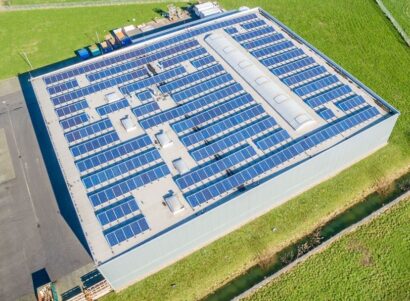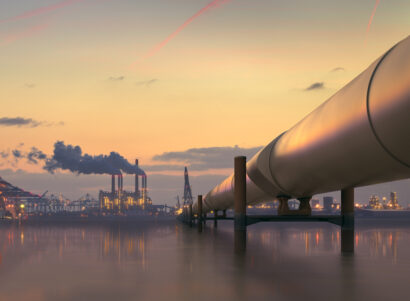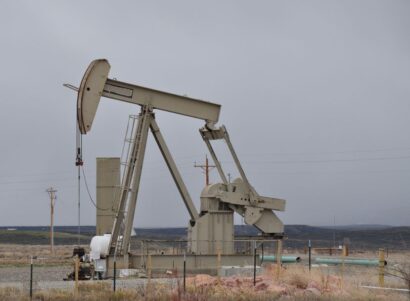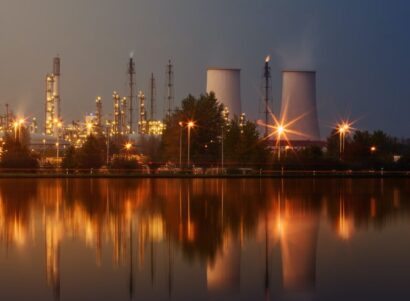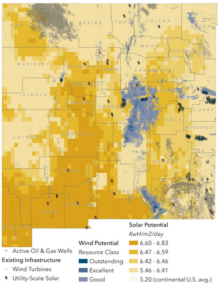
Overview
By 2030, the state of New Mexico aims to reduce greenhouse gas emissions by 45 percent below 2005 levels and increase renewable electricity generation to 50 percent. Achieving these ambitious climate goals will require significant shifts in New Mexico’s energy system. This process presents a unique opportunity to address long-standing inequities in environmental, public health, and economic burdens placed on the state’s population.
At the same time, New Mexico faces a complicated landscape as it approaches these challenges. The state is home to the third-highest poverty rate in the country. Its sizable rural population has limited access to electricity, capital investment, and other resources while the state’s oil and gas sector is responsible for more than half of the state’s greenhouse gas emissions.
Research and Publications
In this analysis, we assess opportunities and strategies to integrate pollution reduction, resilience to climate impacts (e.g. heat waves), and energy and environmental equity into the state’s decarbonization plans, with a focus on New Mexico’s most environmentally burdened and socioeconomically and demographically vulnerable communities.
Our findings are available now, including our technical report Equity-Focused Climate Strategies for New Mexico and an executive summary with our Findings, Conclusions, and Recommendations.
This analysis is part of our Western States Deep Decarbonization work, and includes an analysis of the health, environment, and equity dimensions of deep decarbonization across Colorado and Nevada. Our work for all three states, accompanies the Western States Deep Decarbonization Analysis conducted by Evolved Energy, NRDC, Sierra Club, and Gridlab. To analyze the impacts of deep decarbonization in each state, we analyzed four 2020-2050 decarbonization pathways developed by Evolved Energy and described in these companion reports.
Summary of Initial Findings
One-pagers with initial findings on residential energy cost burdens, indoor air pollution, climate resilience, heavy-duty truck pollution, and opportunities to transition from oil and gas to renewable energy, are summarized below. Glossary page.
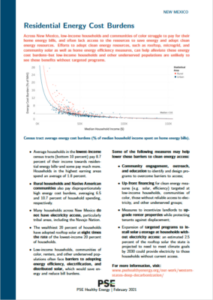
Energy Cost Burdens. Across New Mexico, low-income households and communities of color struggle to pay for their home energy bills, and often lack access to the resources to save energy and adopt clean energy resources. Efforts to adopt clean energy resources, such as rooftop, microgrid, and community solar as well as home energy efficiency measures, can help alleviate these energy cost burdens–but low-income households and other underserved populations are unlikely to see these benefits without targeted programs.
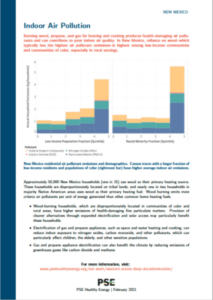
Indoor Air Pollution. Burning wood, propane, and gas for heating and cooking produces health-damaging air pollutants and can contribute to poor indoor air quality. In New Mexico, reliance on wood–which typically has the highest air pollutant emissions–is highest among low-income communities and communities of color, especially in rural settings.
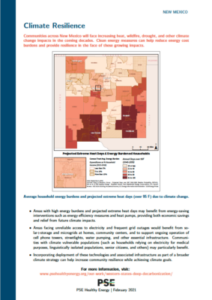
Climate Resilience. Communities across New Mexico will face increasing heat, wildfire, drought, and other climate change impacts in the coming decades. Clean energy measures can help reduce energy cost burdens and provide resilience in the face of these growing impacts.
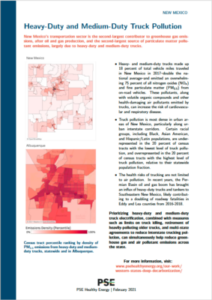
Truck Pollution. New Mexico’s transportation sector is the second-largest contributor to greenhouse gas emissions, after oil and gas production, and the second-largest source of particulate matter pollutant emissions, largely due to heavy-duty and medium-duty trucks.
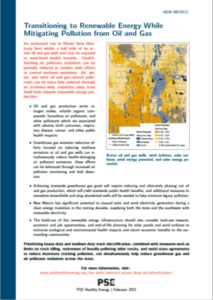
Energy Transitions. An estimated one in fifteen New Mexicans lives within a half mile of an active oil and gas well–and may be exposed to associated health hazards. Health-harming air pollutant emissions can be partially reduced in tandem with efforts to control methane emissions. Air, water, and other oil and gas-related pollutants can be more fully reduced through an economy-wide transition away from fossil fuels towards renewable energy production.
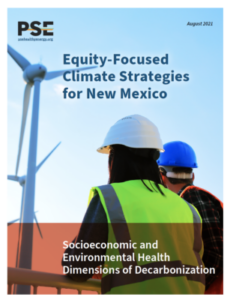

 Full Report
Full Report
 Blog
Blog